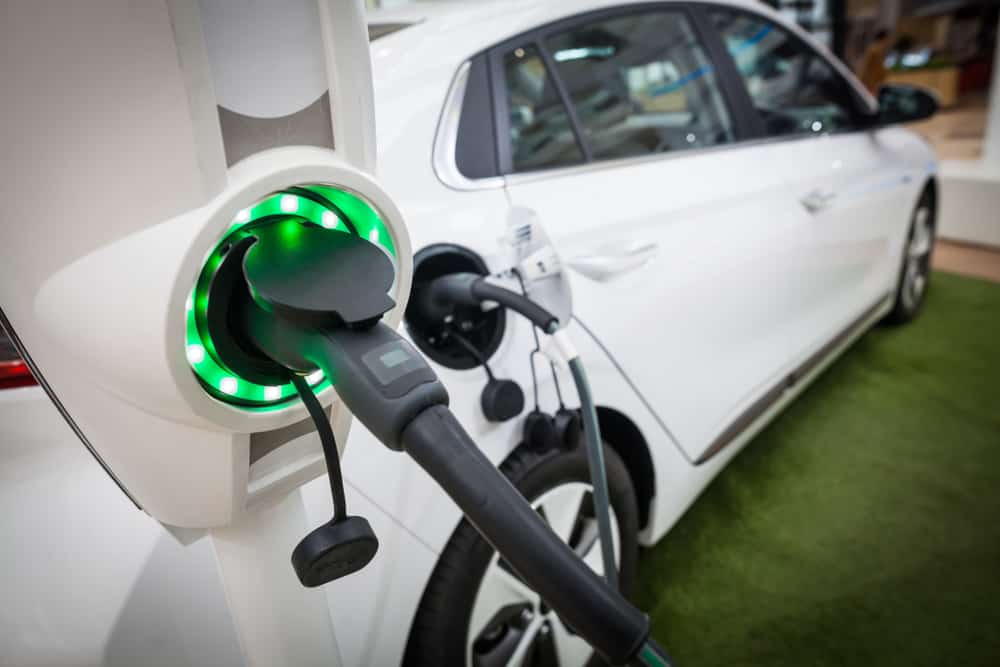Electric vehicles (EVs) are rapidly transforming the world of transportation, providing greener and more environmentally sustainable alternative to gasoline-powered automobiles. However, for many considering the switch, a lingering question remains: how exactly do EV charging stations work? Future drivers of electric vehicles, fret not! This article will expose the secrets behind these essential elements of the EV infrastructure. It will help you safely navigate the world of electric vehicles.
The Core Concept: Delivering Energy, Replenishing Power
The charging stations for EVs operate on an incredibly simple concept: they act as intermediaries between the electricity grid and the battery of the electric car you drive. Imagine them as electric motors that pump electrons around to replenish the energy reserves which propel your electric vehicle forward. The procedure is simple to park your vehicle at a charging station, connect the charging cable using an adapter plug and voila! the electricity flow begins.

Plugging in: Compatibility and Speeds of Charging
Although the basic concept is the same for all EV chargers, plug types and charging rates vary. The EV charging station plugs differ in configuration based on the vehicle’s type and charging standards. Similar to the various fuel nozzles available at gas stations. Knowing the different configurations is crucial for a seamless charging experience.
Tesla Superchargers and a Network of Speed
Tesla owners can benefit from the exclusive network of strategically-located Tesla Superchargers. The fast-charging stations are created for Tesla cars and have impressive charging rates, allowing drivers a significant battery recharge in a much shorter timeframe compared to conventional charging stations. This means that charging stops are shorter and fewer waiting. Long-distance Tesla journeys are much more comfortable.
Beyond Tesla: Exploring Different Charging Options
The EV charging network extends well beyond Tesla Superchargers. Numerous public charging points are available and operated by various companies and compatible with a larger range of EV models. The stations offer a variety of charging speeds. From Level 2 chargers which are faster than a standard home outlet to DC Fast Chargers, the most efficient charging speed, similar to filling up at the gas station.
Range anxiety You must plan your charge!
One of the most pressing concerns for potential EV owners is “range anxiety” that is, the worry of running out of power before reaching the charging station. This fear has diminished with the increasing number of charging stations, and also the increasing capacity of the latest EVs. Many EV models are now able to travel hundreds of miles on a single charge, and route planning apps can help locate charging stations along your intended route, which will ensure a comfortable journey.
This is a glimpse at the power source behind the charger.
The power of EV charging stations is in the clever interplay of technology. At its heart, the station acts as a transformer, converting the alternating current (AC) electricity from the grid to direct current (DC) electricity which is the type of power your battery requires. The station also contains safety features and communication protocol to ensure that the charging process is secure and efficient.
Charge forward: Convenience and Accessibility
The charging of electric vehicles is becoming more convenient and accessible. Numerous charging stations are public and have user-friendly interfaces and allow users to pay using a credit card or app. Furthermore, some workplaces as well as residential communities are now installing charging stations that allow drivers to charge their vehicles either at home or at work to further increase the ease of owning an electric vehicle.
The Green Grid Connection is promoting sustainability
The increasing use of EV chargers can have significant environmental advantages. These charging stations assist in create a cleaner environment and more sustainable transportation systems by providing electric vehicles that emit zero tailpipe emissions. As the grid switches to renewable sources of energy such as wind and solar power, EV charging becomes even greener. This is going to further reduce our dependence on fossil fuels.
In the end, de-mystifying EV charging stations can help potential EV owners to make educated choices. These stations, with their simple operation, increased accessibility, and their role in promoting sustainable mobility, are the basis for a future powered cleanly and efficiently through electric mobility. When you next come across an electric vehicle charger, don’t think that it’s just a connector, but an entry point to an environmentally friendly and sustainable future of transport.